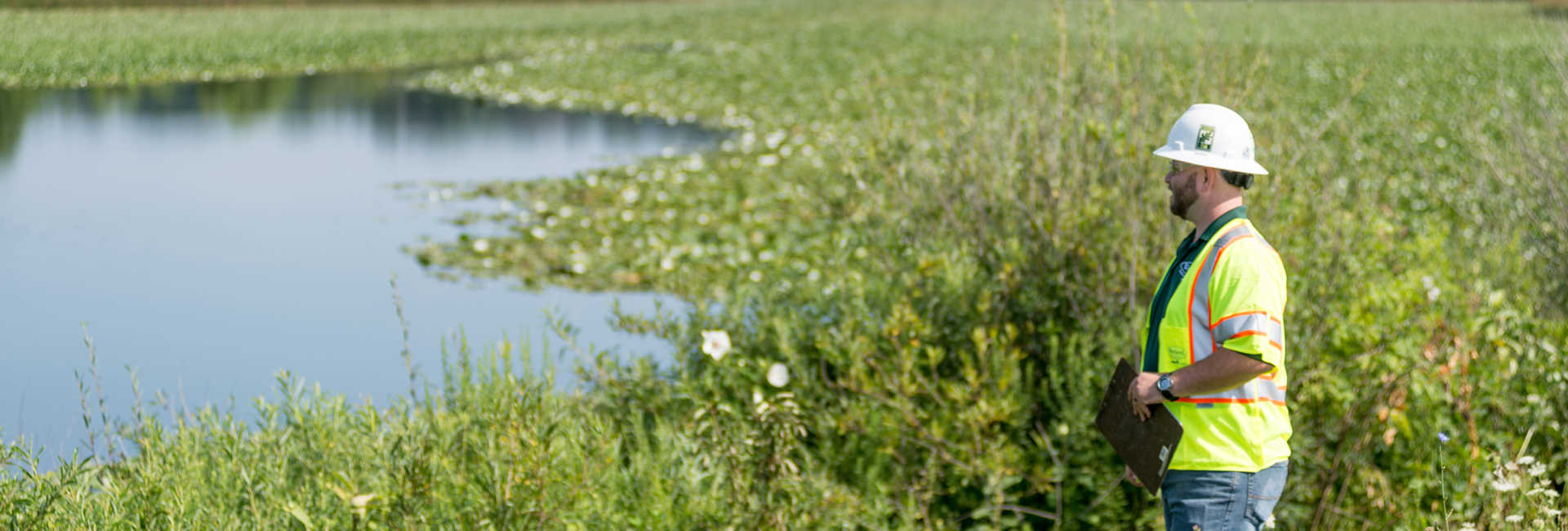On September 8, 2023, the U.S. Environmental Protection Agency (EPA) and the U.S. Army Corps of Engineers (USACE)’s final rule amending the definition of waters of the United States (WOTUS) became effective. This new rule provided clarity for regulating wetlands consistently with the Supreme Court’s Sackett v. EPA decision.
The Supreme Court decision and subsequent EPA rule’s revision of the definition of WOTUS changed which wetland types were federally protected rather than state regulated. The new rule also upheld the states’ authority to address water pollution through regulation of land and water use. Since the final federal rule became effective, several states have been forced to examine their laws about wetland regulations.
Navigating the Murky Waters of Wetland Regulations
With different types of wetlands now regulated by the states, rules can vary from providing minimal protections to beyond what is federally regulated. Here are some examples of current state-level wetland regulations since the finalized rule:
- Indiana – On February 2, 2024, the Indiana state Senate passed HB1383, which will change qualifications to move wetlands no longer under federal protection from Class III to Class II. Once signed by the Indiana governor, the bill will decrease regulations surrounding repurposing wetlands previously considered Class III for commercial use.
- Virginia – The Virginia Department of Environmental Quality (DEQ) issued a memorandum the day of the Sackett v. EPA decision that stated “neither the state law nor the Virginia Water Protection Permit regulation is affected by the Sackett decision.” The DEQ is now using their State Surface Water Determination process to confirm the limits of state waters and wetlands.
- Maryland – The Maryland Department of the Environment will continue to regulate all wetlands, whether they are isolated or not, as well as intermittent or perennial streams. Ephemeral streams are not regulated by the state.
- North Carolina – The North Carolina Farm Act of 2023 allowed the state’s laws to fall in line with the new rule. This requires wetlands to have a continuous surface connection consistent with the federal definition of WOTUS, making several types of wetlands in the state no longer regulated by state or federal rules.
- Michigan – Michigan is one of three states with its own program to manage wetlands. Under the Michigan Department of Environment, Great Lakes, and Energy, the Sackett v. EPA decision will have little effect on the regulatory procedures in the state, providing stability through the federal changes.
Your Partner in Due Diligence
It can be challenging to navigate the complex and ever-changing waters of federal and state permits. Davey Resource Group’s team of experts can help simplify the process with comprehensive permitting solutions that cover the federal, state, and local regulatory processes. Contact your local DRG office to learn more.
Article Contributors:
Heather Bobich, Area Manager, Davey Resource Group Indiana
Benjamin Furr, Area Manager, Davey Resource Group Raleigh
Beth Silverman, Marketing Manager, Wetland Studies and Solutions, Inc.



